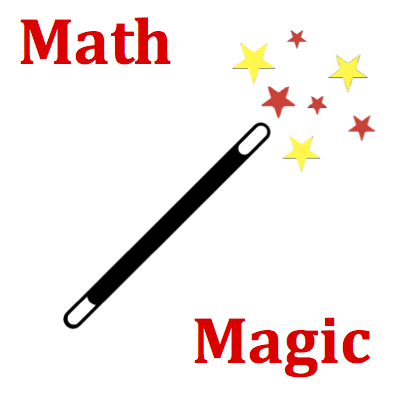Getting your Trinity Audio player ready...
Hold down the T key for 3 seconds to activate the audio accessibility mode, at which point you can click the K key to pause and resume audio. Useful for the Check Your Understanding and See Answers.
Mission CG10 Kepler's Laws of Planetary Motion - Question Group 7 Help

Two planets - planet A and planet B - are orbiting a star. If Planet A has an orbital radius which is four times (or five times) as large as Planet B, then the period of Planet A's orbit is ____ times larger than the period of Planet B's orbit.

The Law of Harmonies:
Kepler's law of harmonies proposed that the ratio of the square of the periods of any two planets is equal to the ratio of the cube of their average distances from the sun. This magical T2/R3 ratio shows very little variation from planet to planet. An extension of this law would be that the period of orbit must be greater for any planet which is a greater distance from the sun. More distant planets require greater periods of time to orbit than closer planets.
Kepler's law of harmonies proposed that the ratio of the square of the periods of any two planets is equal to the ratio of the cube of their average distances from the sun. This magical T2/R3 ratio shows very little variation from planet to planet. An extension of this law would be that the period of orbit must be greater for any planet which is a greater distance from the sun. More distant planets require greater periods of time to orbit than closer planets.

Click the button below to play an audio file.

Applying Kepler's law of harmonies to this situation would result in:
This equation can be algebraically rearranged to
The ratio of the period squared of planet A to planet B will be equal to the ratio of the radius cubed of planet A to planet B. The ratio of the radii of the two planets is given - planet A's radius is four (or five) times larger than planet B's radius. The cube of this ratio is equal to the square of the ratio of the period. Taking the square root of the period squared ratio will yield the ratio of the periods of the planets. Mathematically, this could be written as
TA2 / RA3 = TB2 / RB3
This equation can be algebraically rearranged to
TA2 / TB2 = RA3 / RB3
The ratio of the period squared of planet A to planet B will be equal to the ratio of the radius cubed of planet A to planet B. The ratio of the radii of the two planets is given - planet A's radius is four (or five) times larger than planet B's radius. The cube of this ratio is equal to the square of the ratio of the period. Taking the square root of the period squared ratio will yield the ratio of the periods of the planets. Mathematically, this could be written as
TA / TB = SQRT(TA2 / TB2) = SQRT(RA3 / RB3)
